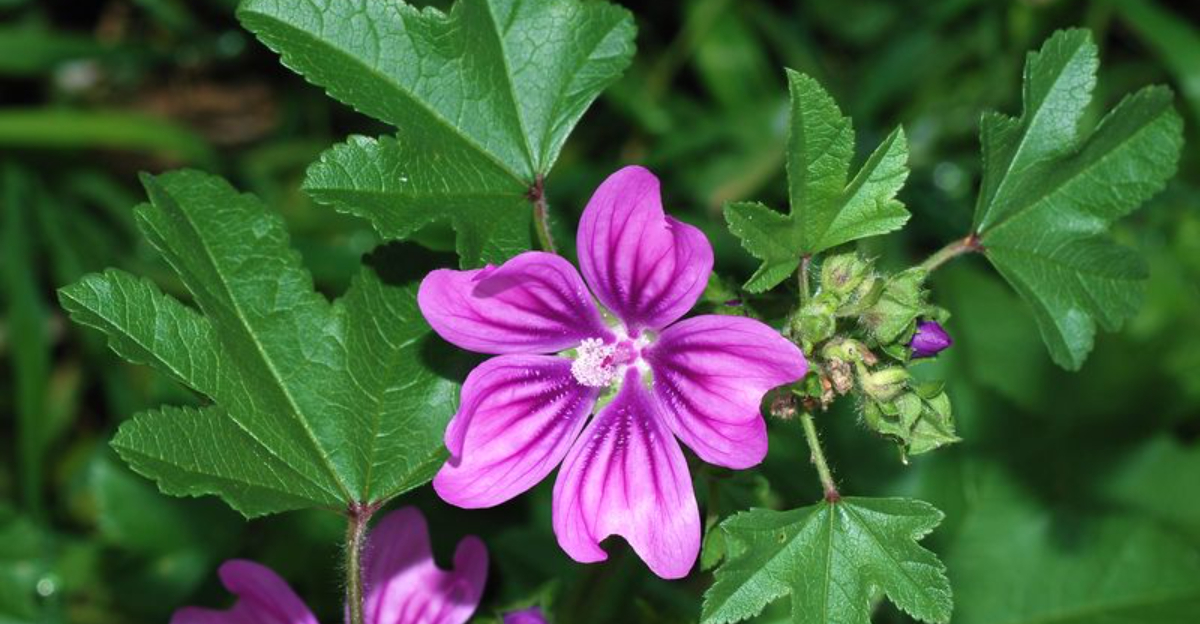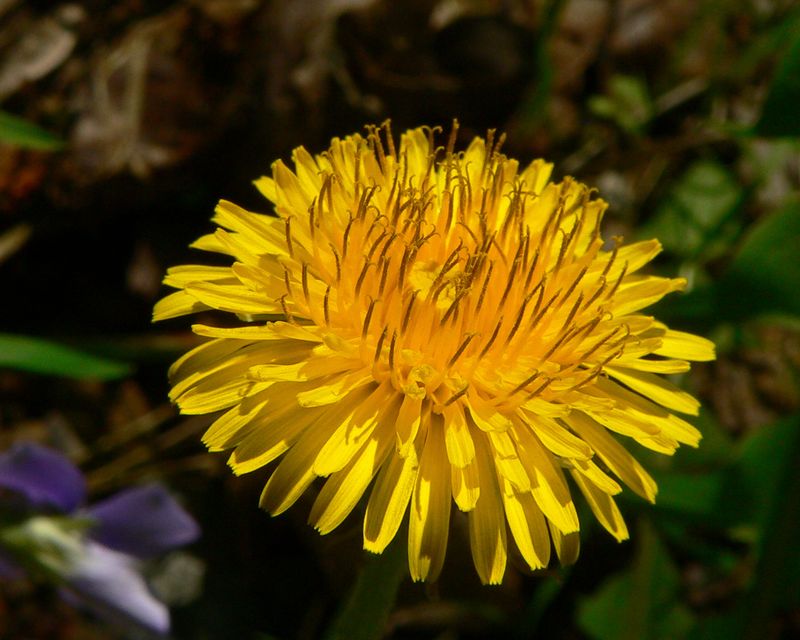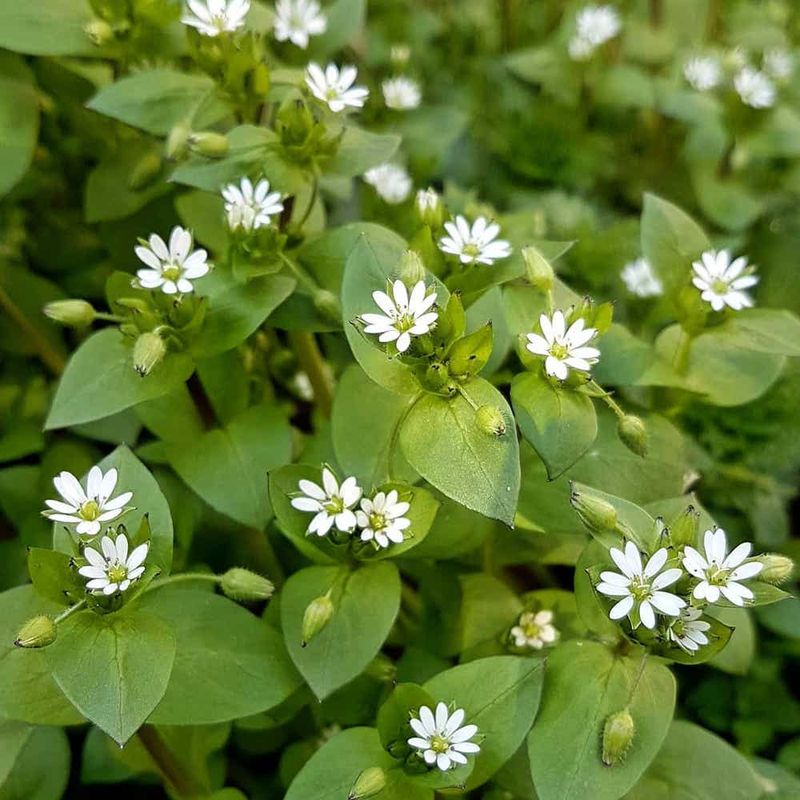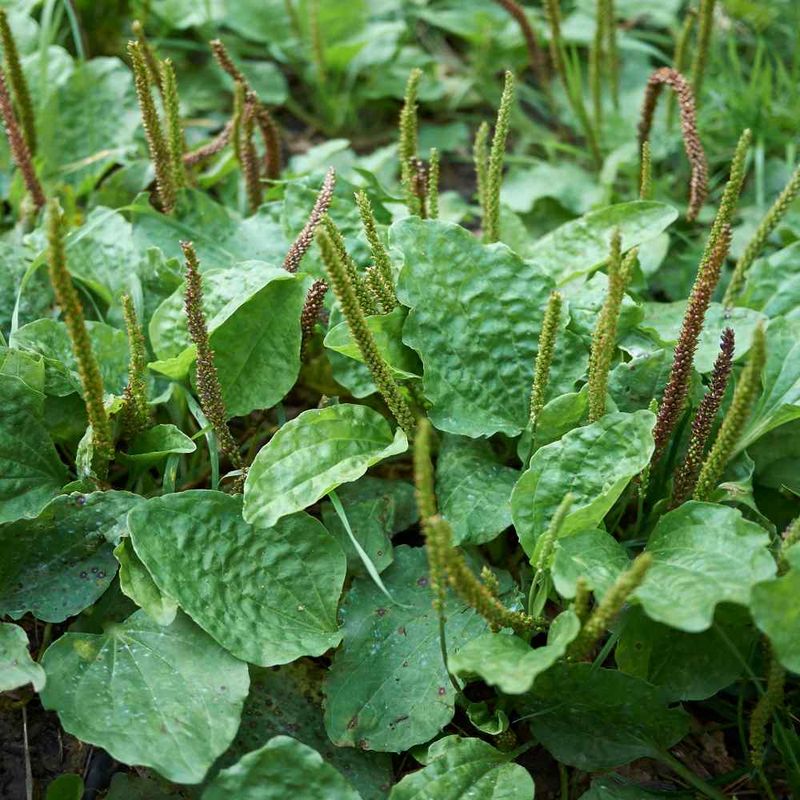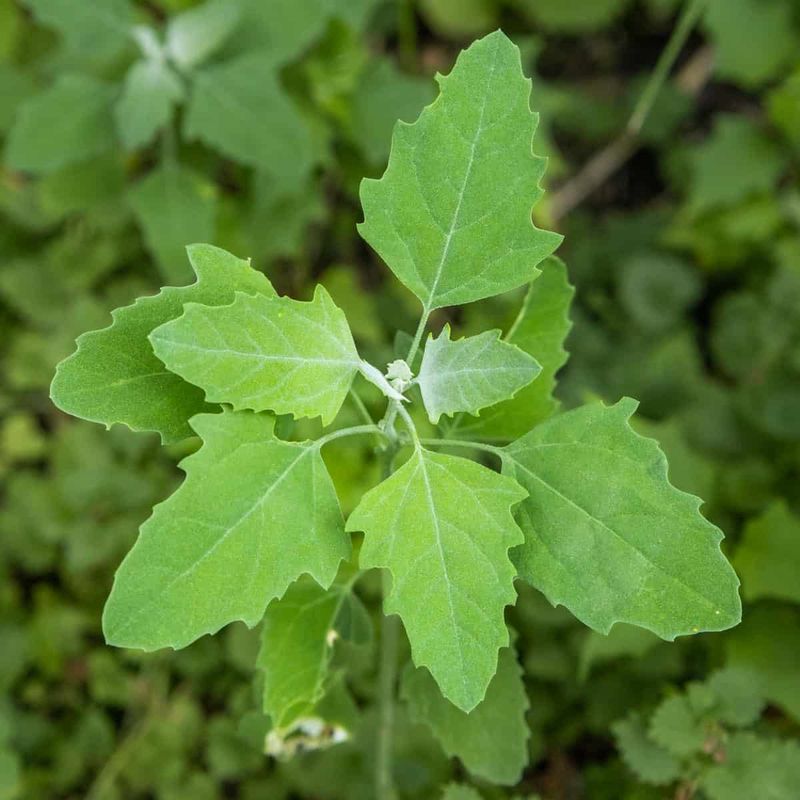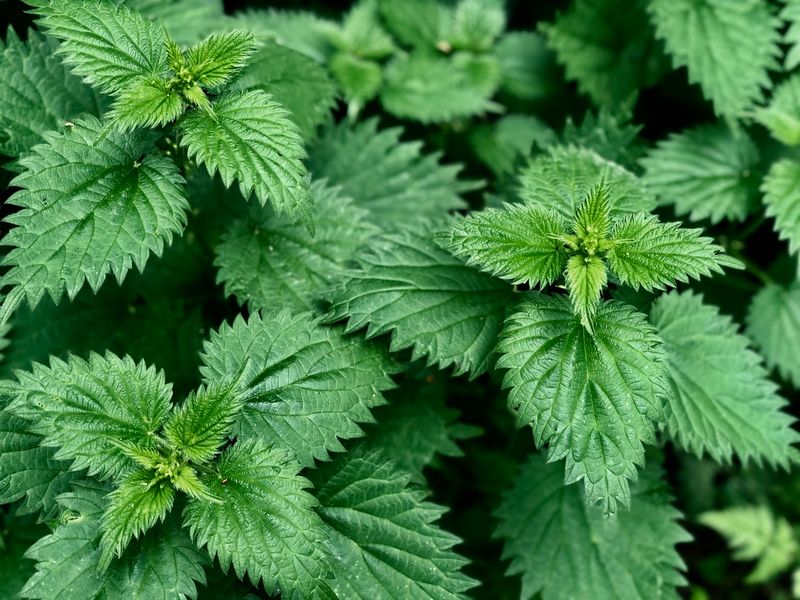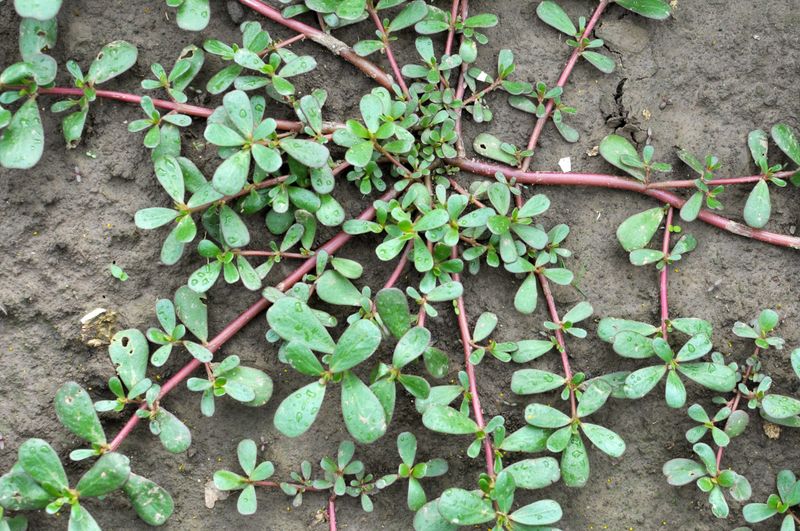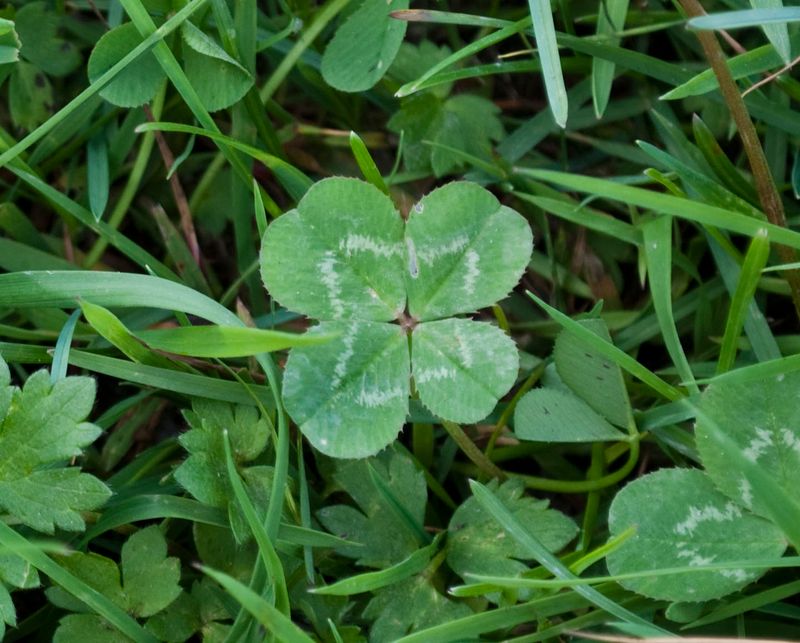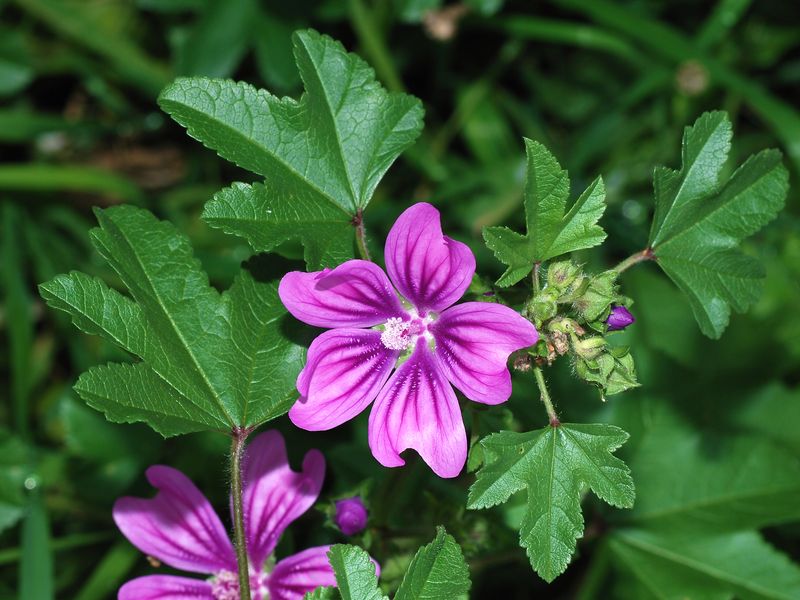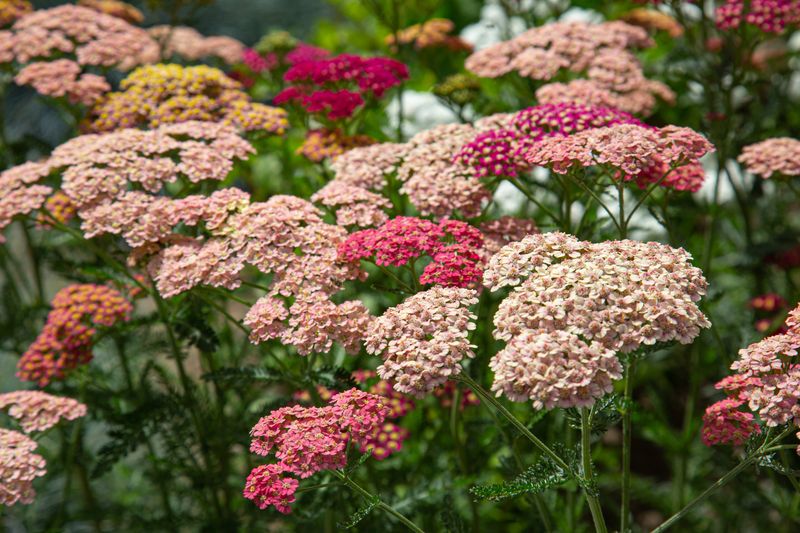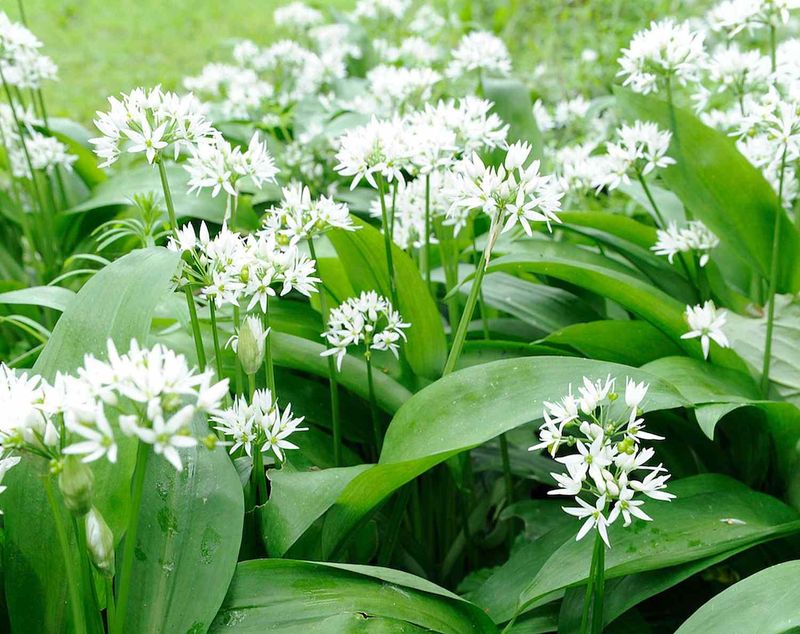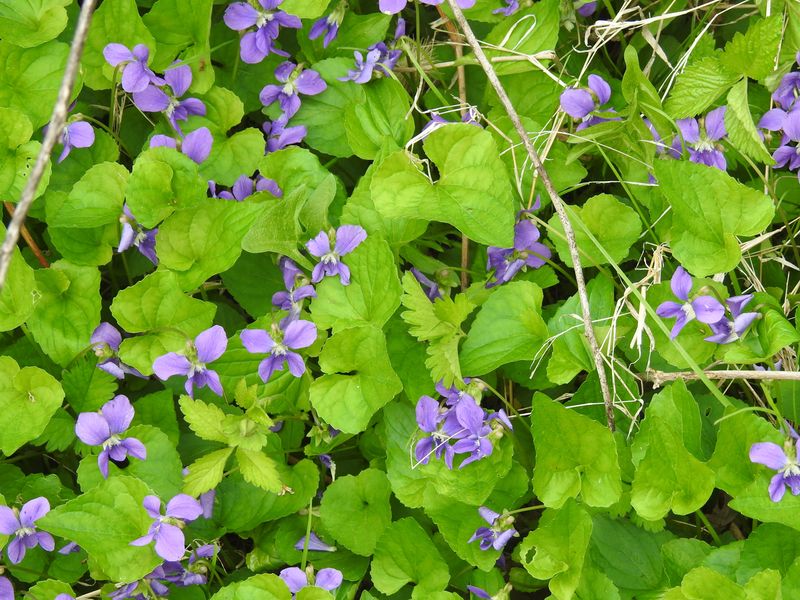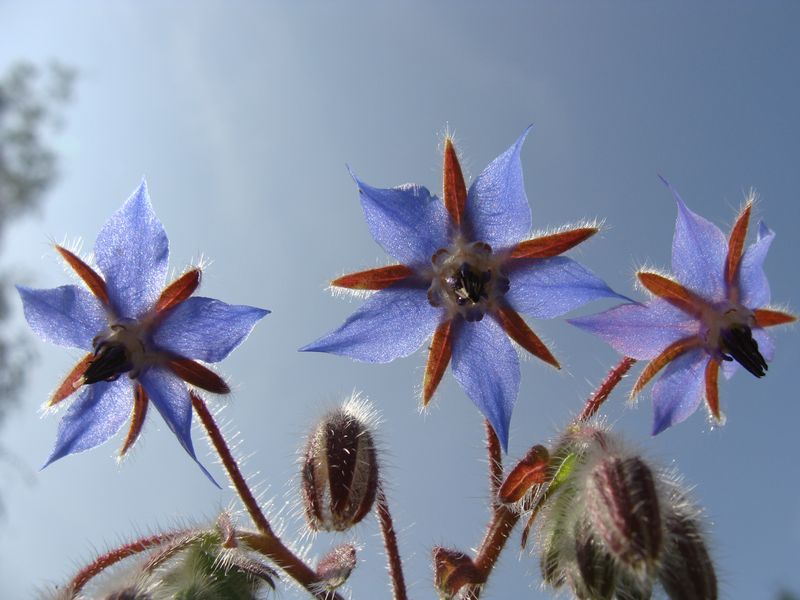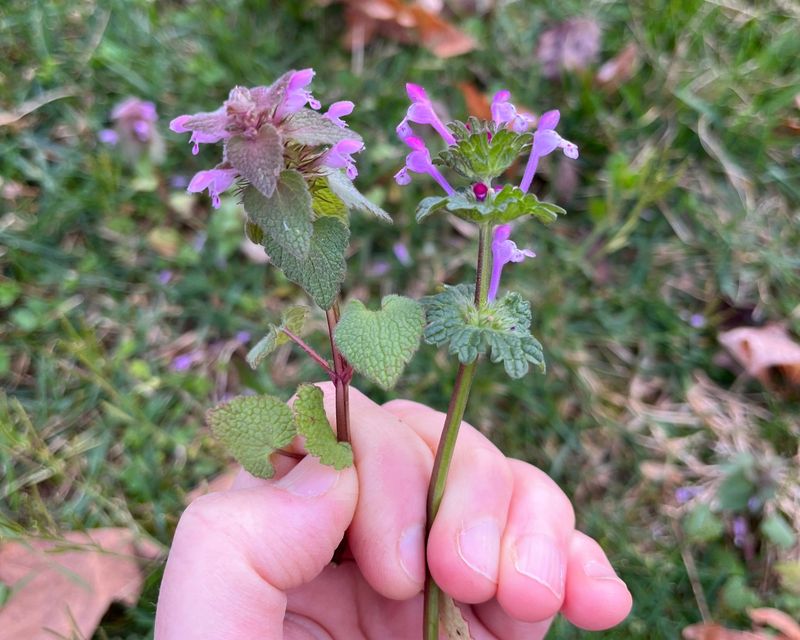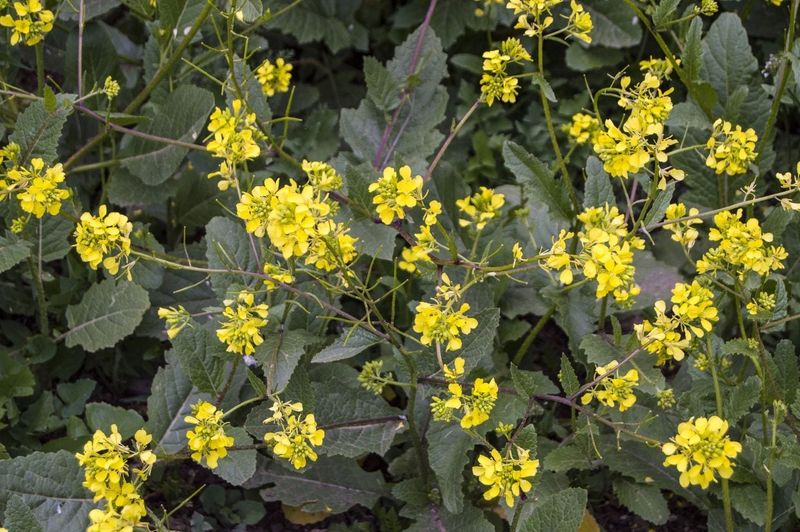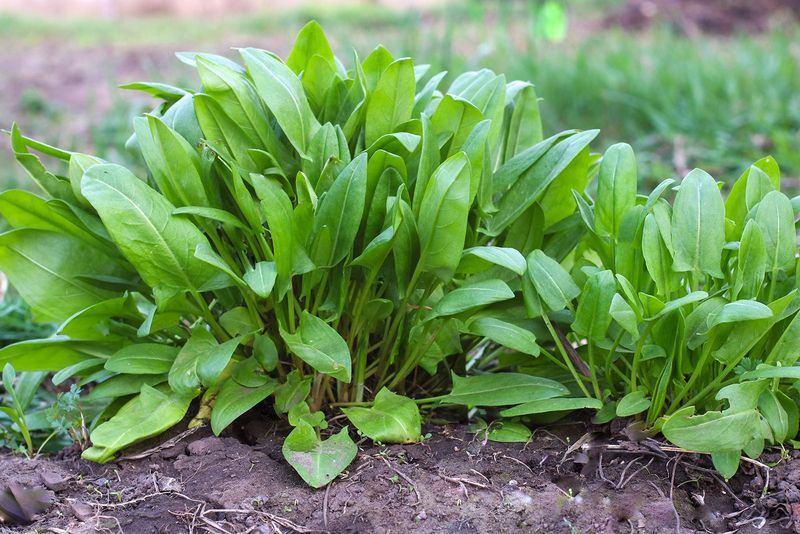Gardening often involves identifying and removing weeds from your garden beds. However, not all weeds are nuisances. Some can be surprisingly beneficial, offering everything from culinary uses to health benefits.
In this post, we’ll explore 15 weeds that deserve a spot in your garden. Discover how each one can contribute to your garden’s ecosystem and even your dinner table.
1. Dandelion
Dandelions are more than just a lawn nuisance. These bright yellow flowers are rich in vitamins A, C, and K, and have been used in traditional medicine for ages. Their leaves can be eaten raw in salads, offering a bitter, yet nutritious addition.
The roots can be dried and used as a caffeine-free coffee substitute. In addition to their culinary uses, dandelions attract beneficial insects to your garden.
Consider allowing a few to thrive, as they can improve soil health by bringing nutrients to the surface. Dandelions also serve as an early food source for pollinators.
2. Chickweed
Chickweed is a delicate plant with small, white flowers and lush green leaves. It’s often overlooked, yet it packs a punch in terms of nutritional value. Rich in vitamins C and minerals, chickweed can be added to salads for a nutritional boost.
In traditional medicine, it is known for its soothing properties and can be used to make teas that aid digestion.
As a ground cover, it helps prevent soil erosion and retains moisture. Letting chickweed thrive in your garden can benefit both your health and your garden’s ecosystem.
3. Plantain
Plantain, with its broad leaves and distinctive parallel veins, is often found in gardens and lawns. These leaves can be used in herbal remedies for their anti-inflammatory properties and are particularly effective in soothing insect bites and minor wounds.
Plantain leaves can also be eaten raw or cooked, providing a rich source of vitamins A and C. They are known to support respiratory health.
Additionally, plantains improve soil conditions by breaking up compacted soil, making them a useful ally in sustainable gardening practices.
4. Lamb’s Quarters
Lamb’s quarters is a nutritional powerhouse often dubbed ‘wild spinach.’ Its leaves, covered with a dusting of white powder, are rich in protein, vitamins A, C, and B6, and minerals like iron and calcium.
You can cook them as you would spinach, or add them raw to salads. Beyond their culinary appeal, lamb’s quarters are known to improve soil quality by adding organic matter.
Leaving them in your garden can also attract beneficial insects, contributing to a balanced ecosystem. They’re a hidden gem in both nutrition and garden health.
5. Nettle
Nettles are notorious for their sting, but they’re incredibly useful. Rich in iron, calcium, and vitamins A and C, nettles can be boiled to make nutrient-rich teas and soups that lose their sting once cooked.
In the garden, they can boost the health of nearby plants by improving the nitrogen content of the soil.
Nettles also attract beneficial insects, serving as a habitat for ladybugs and butterflies. Their presence can indicate rich soil, making them a useful indicator of garden health.
6. Purslane
Purslane is a succulent weed with thick, fleshy leaves and small yellow flowers. It’s one of the richest plant sources of omega-3 fatty acids, which are beneficial for heart health. Its tangy, lemony flavor makes it a great addition to salads and soups.
Purslane thrives in neglected corners of the garden, offering ground cover that retains soil moisture and prevents erosion. It’s also a favorite among bees, contributing to the pollination of your garden plants. Embrace purslane for its culinary and ecological benefits.
7. Clover
Clover, recognized by its iconic three-leaf structure, is more than just a lucky charm. It enriches the soil by fixing nitrogen, an essential nutrient for plant growth. Clover flowers attract bees and other pollinators, making it valuable for garden biodiversity.
Its leaves and blossoms are edible, adding a mild, sweet flavor to dishes. Clover’s ability to withstand heavy foot traffic makes it an excellent ground cover, reducing the need for fertilizers. Letting clover spread in your garden supports both plant health and sustainability.
8. Mallow
Mallow is a charming plant with beautiful pink flowers and soft, hairy leaves. It’s known for its soothing properties in traditional medicine, particularly for respiratory and digestive issues.
The leaves and flowers are edible, often used in salads or as a thickening agent in soups. Mallow also enriches the soil by adding organic matter, supporting a thriving garden ecosystem.
Allowing mallow to grow can attract pollinators, enhancing the overall health of your garden. Its beauty and utility make it a welcome addition to any garden.
9. Yarrow
Yarrow, with its feathery leaves and clusters of small white flowers, is a resilient plant with a range of uses. It’s known for its medicinal properties, aiding in wound healing and improving circulation.
Beyond its health benefits, yarrow attracts beneficial insects and can improve the health of nearby plants. Its deep roots help break up compacted soil, enhancing soil structure.
Yarrow’s drought tolerance makes it a perfect fit for water-wise gardens. Embrace yarrow for its beauty and its role in fostering a healthy garden environment.
10. Wild Garlic
Wild garlic, with its slender leaves and small white flowers, brings a mild garlic flavor to dishes. It’s a favorite in many kitchens, adding a fresh twist to salads, pestos, and sauces.
As a natural pest repellent, wild garlic can protect your garden plants from harmful insects. It also attracts pollinators, supporting a diverse garden ecosystem.
Wild garlic is easy to cultivate and spreads readily, providing a perpetual harvest. Its culinary and ecological benefits make it a valuable asset in any garden.
11. Violet
Violets, known for their vibrant purple flowers, add a splash of color to gardens. Beyond their beauty, they are edible, with flowers and leaves that can be used in salads and desserts.
Violets are rich in vitamins A and C, offering nutritional benefits alongside their visual appeal. As a ground cover, they help retain soil moisture and prevent erosion. Violets attract pollinators, enhancing garden biodiversity.
Their resilience in shaded areas makes them perfect for filling in difficult garden spots while adding an aesthetic touch.
12. Borage
Borage, with its star-shaped blue flowers, is both beautiful and beneficial. Its flowers are edible, often used to garnish drinks and desserts, imparting a mild cucumber flavor. Borage leaves are also edible and can be used in salads.
The plant is a magnet for pollinators, particularly bees, enhancing garden productivity. Borage improves soil health by adding trace minerals, and it can deter pests, making it a valuable companion plant. Its dual role in aesthetics and utility makes it a must-have in any garden.
13. Henbit
Henbit is a charming weed with tiny purple flowers and scalloped leaves. It’s among the first to appear in spring, providing an early food source for bees. Edible and nutritious, henbit can be added to salads and smoothies, offering a mild, spinach-like flavor.
Its role as a ground cover helps prevent erosion and retains soil moisture. Allowing henbit to grow in your garden not only benefits pollinators but also enhances soil health. Its early arrival and ecological contributions make it a beneficial addition.
14. Wild Mustard
Wild mustard is easily recognized by its bright yellow flowers. It’s a common sight in gardens and offers a peppery flavor to dishes. Both the leaves and seeds are edible, used in salads and as a spice.
Wild mustard helps improve soil fertility by fixing nitrogen, supporting the growth of other plants. It attracts beneficial insects, enhancing biodiversity.
Letting wild mustard bloom in your garden can enrich both your soil and your culinary options. Its vibrant flowers also add a cheerful touch to any garden.
15. Sorrel
Sorrel is a leafy green with a distinct tangy flavor, making it a favorite in soups and sauces. Its arrow-shaped leaves are high in vitamin C and antioxidants. As a perennial, sorrel provides year-round harvests, adding a reliable source of greens to your garden.
In addition to its culinary uses, sorrel acts as a natural pest deterrent. It’s easy to grow and helps improve soil structure, making it a valuable plant for sustainable gardening. Sorrel’s unique flavor and benefits make it a delightful addition to any garden.
